Specialized 2019 helmets: improved MIPS plus crash sensor and live tracking tech
New lids claim to protect riders before, during and after a crash
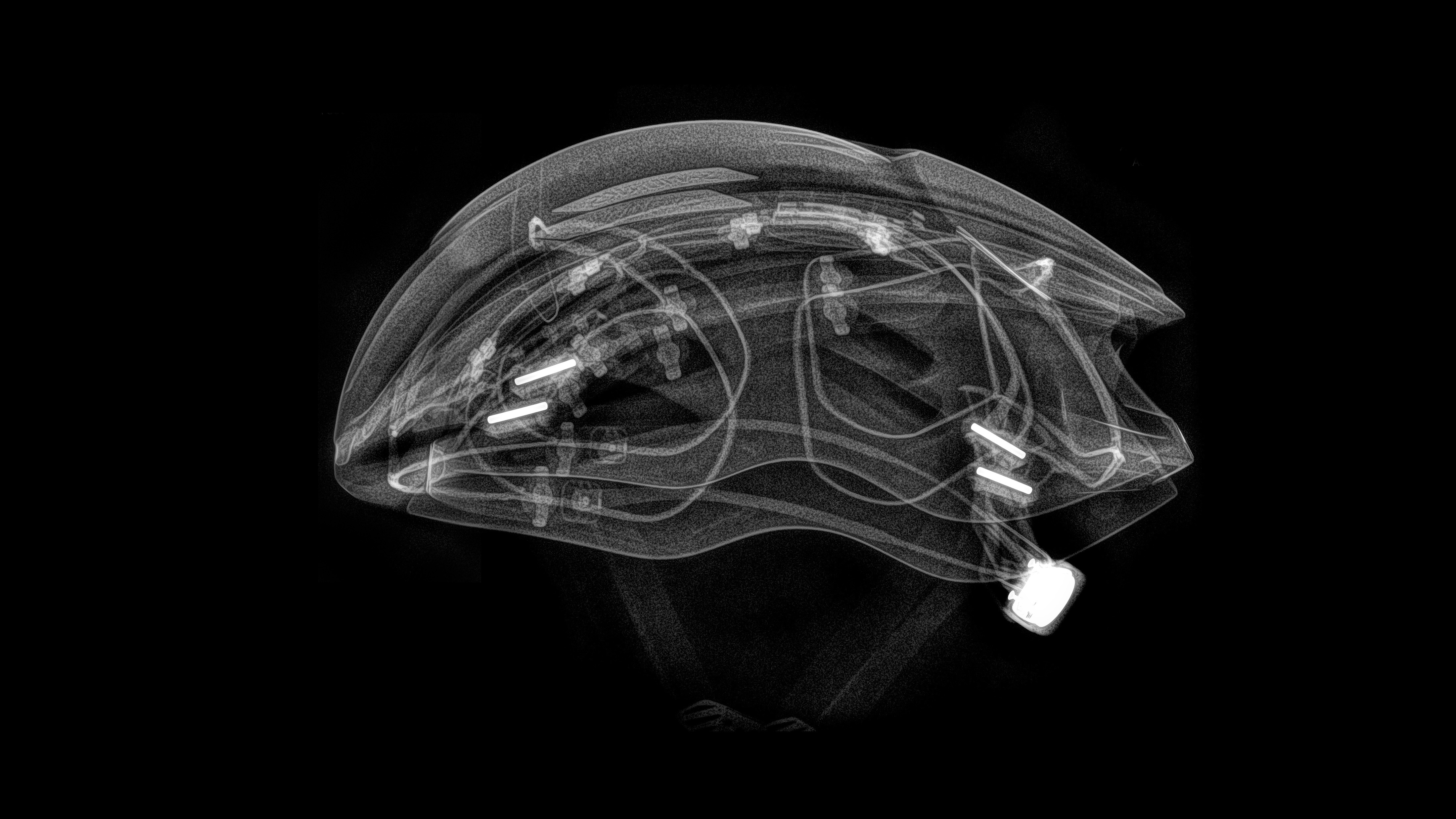
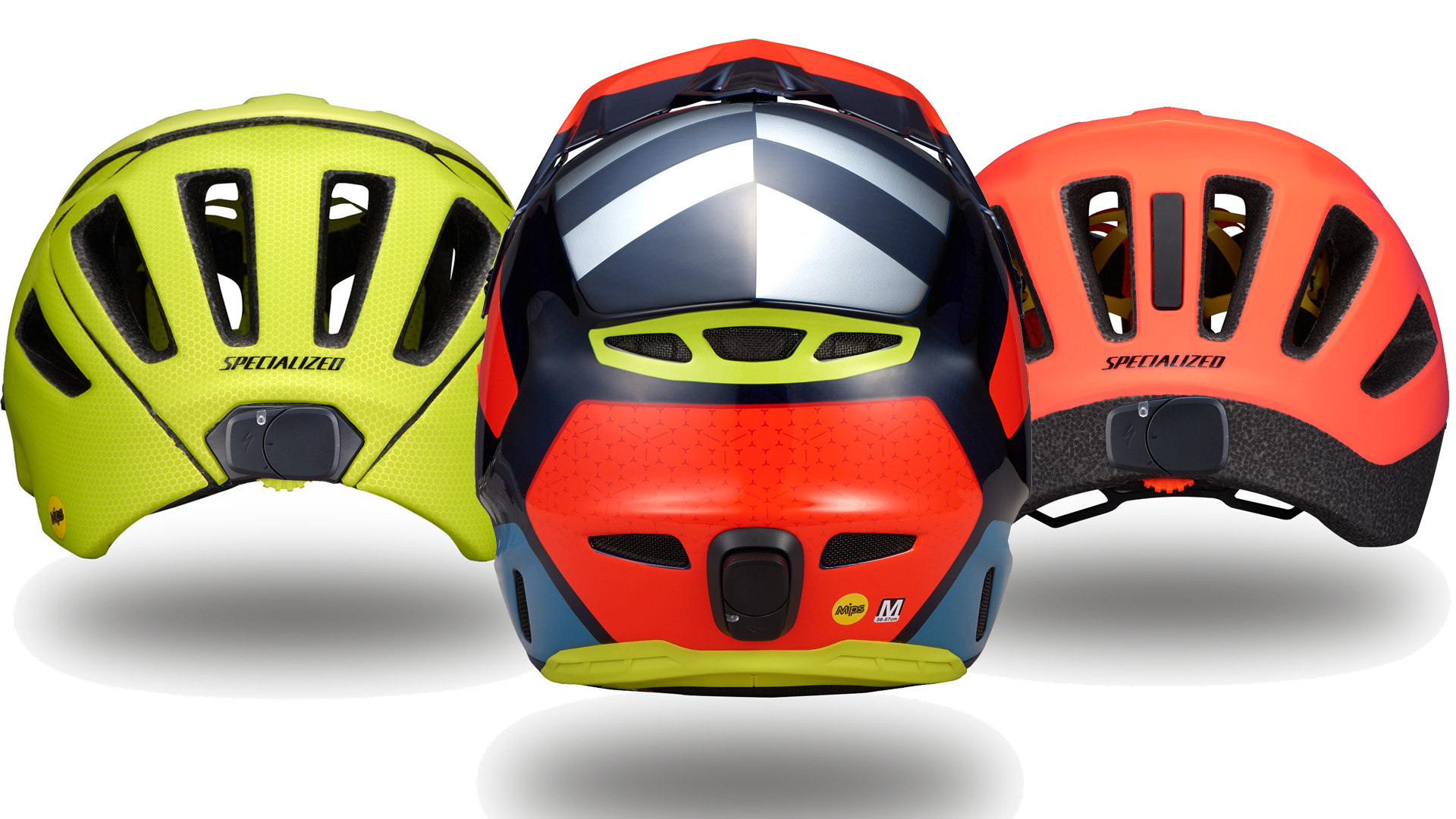
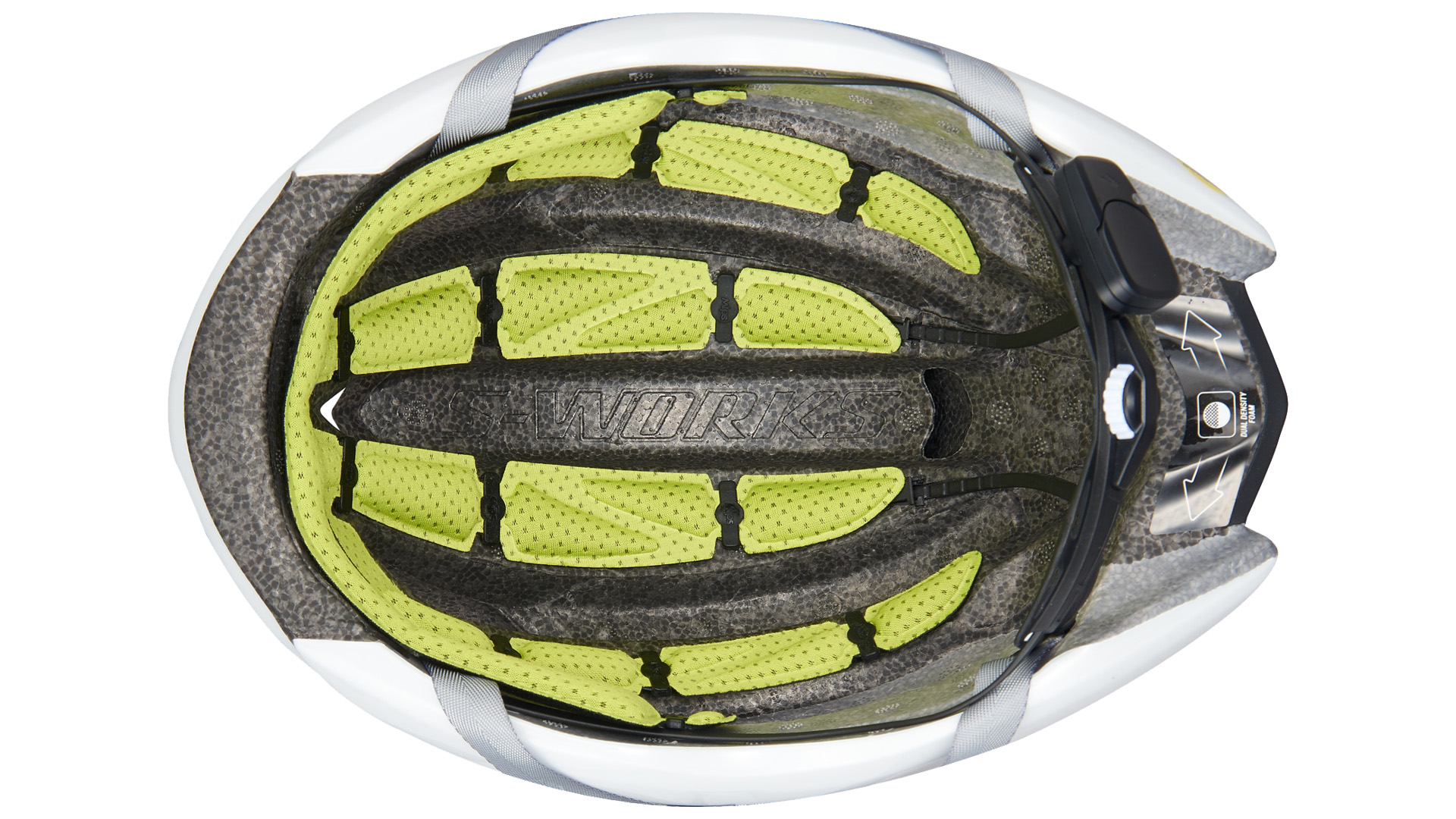
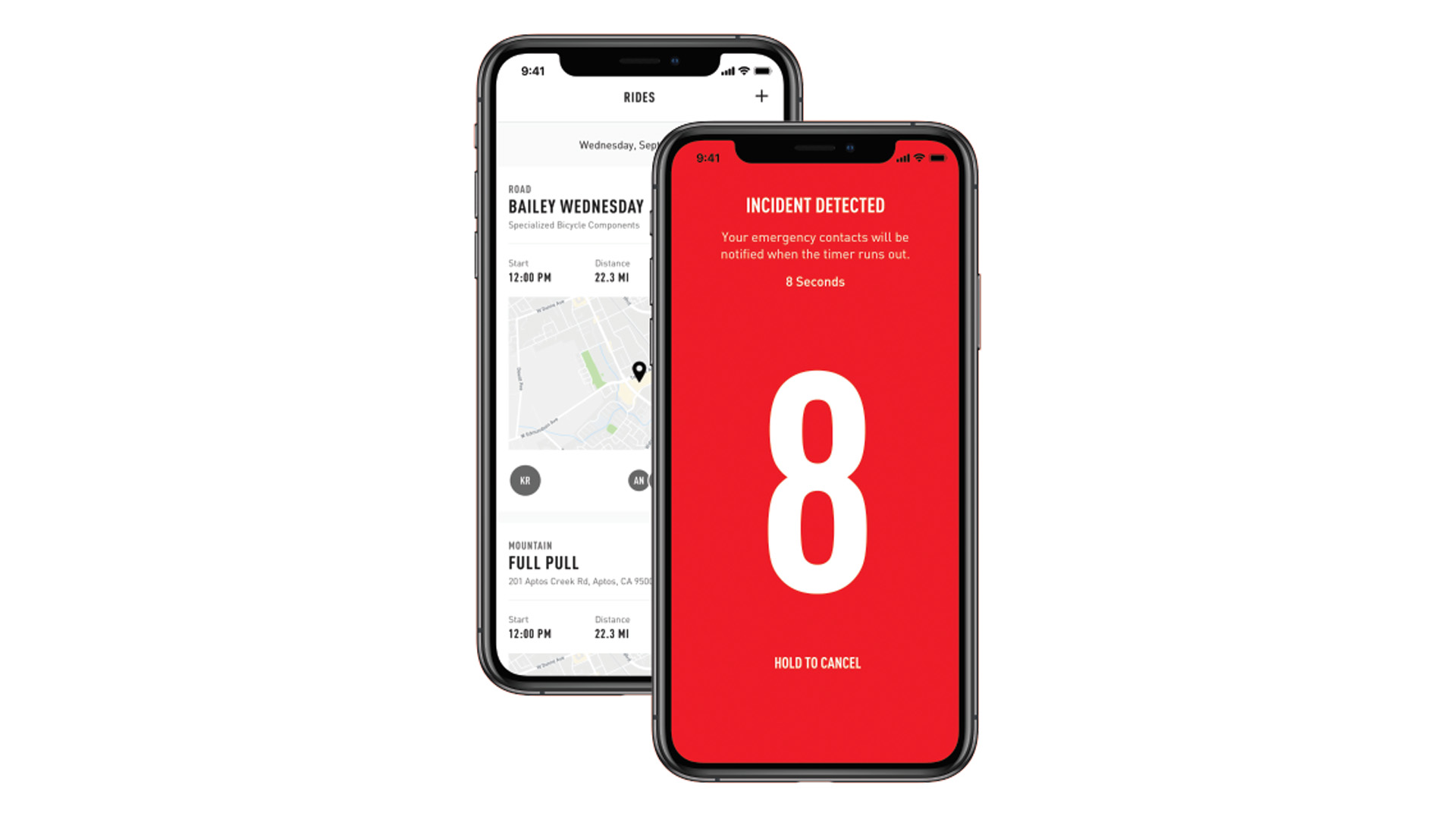
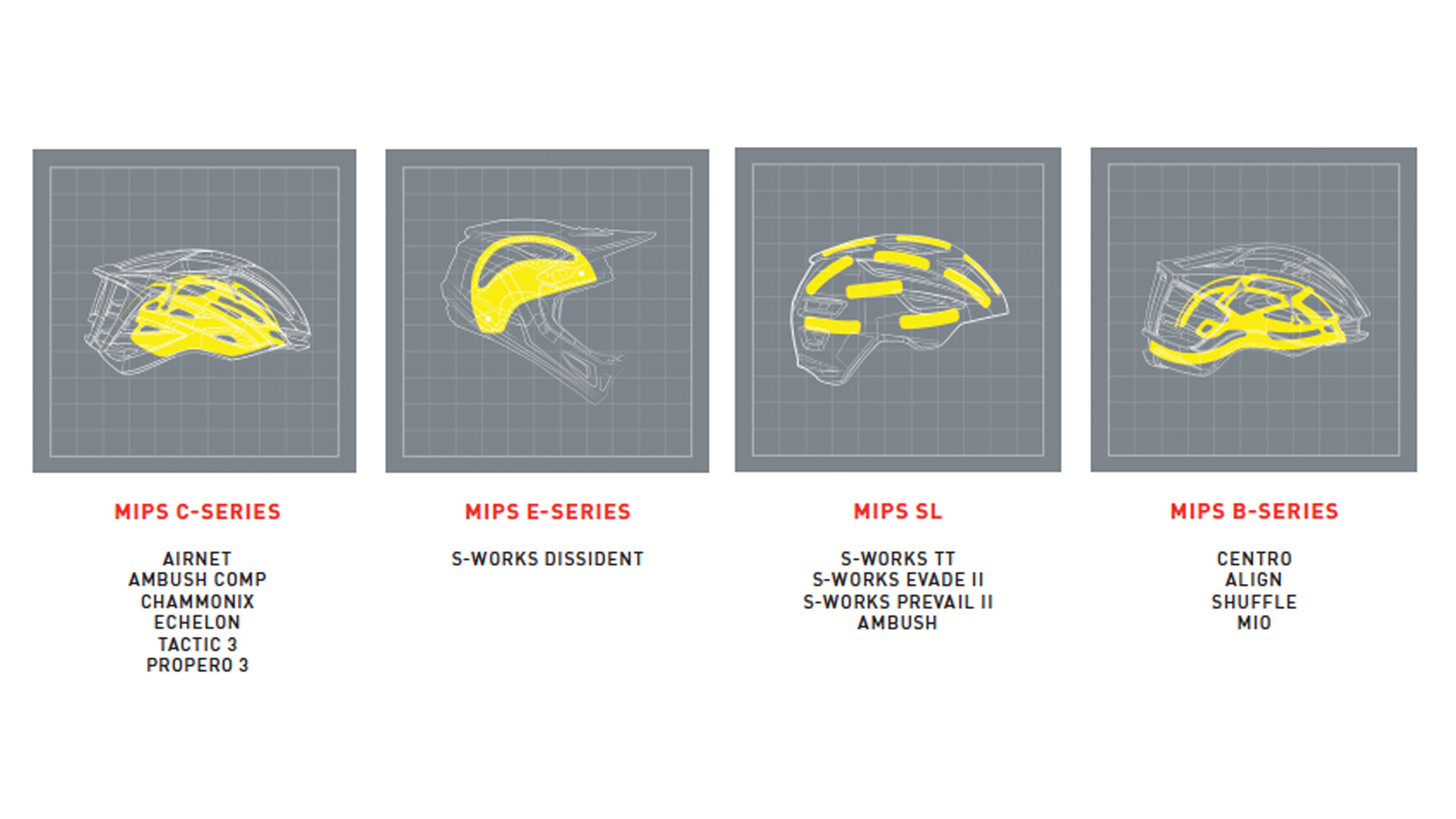
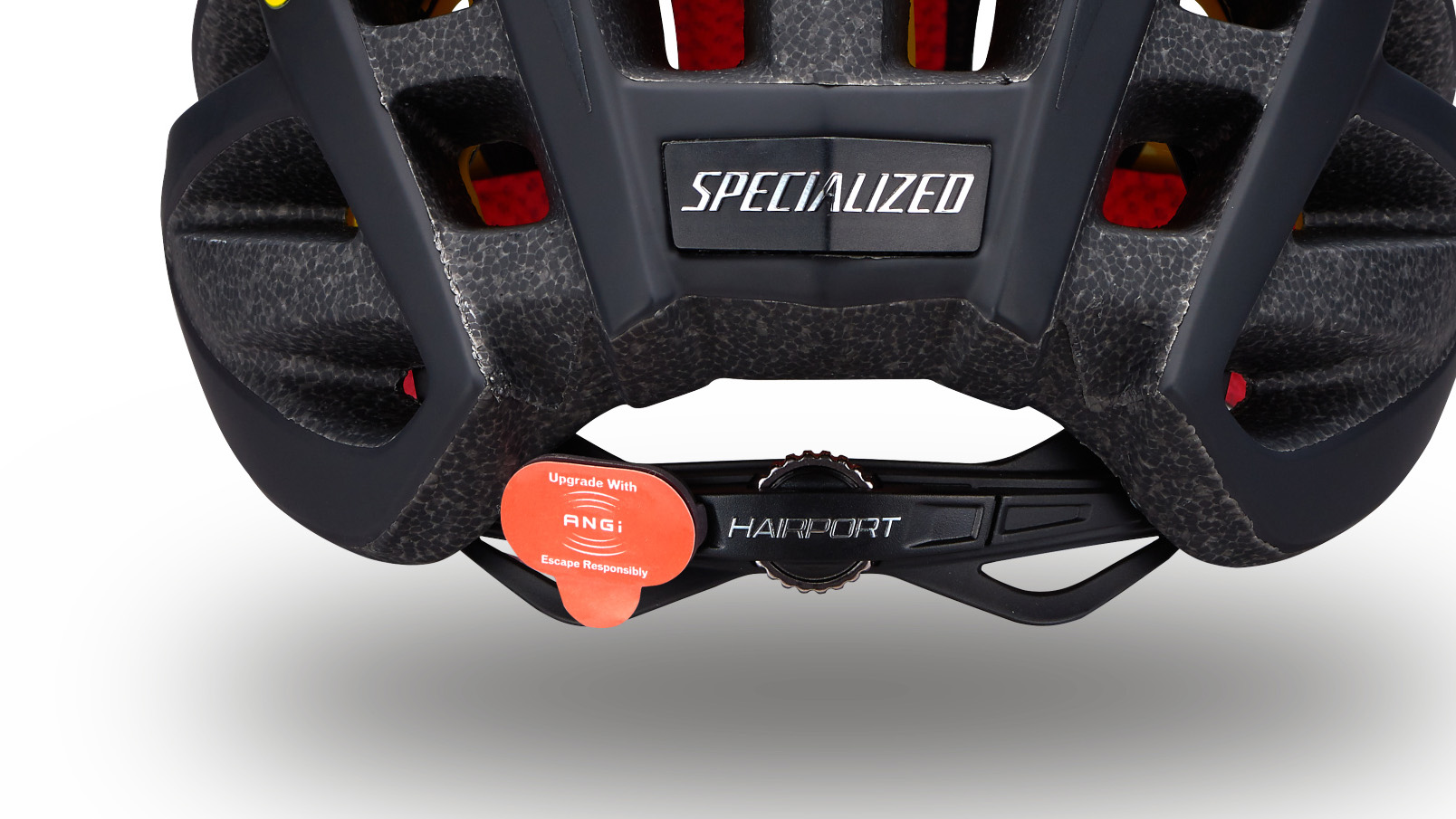
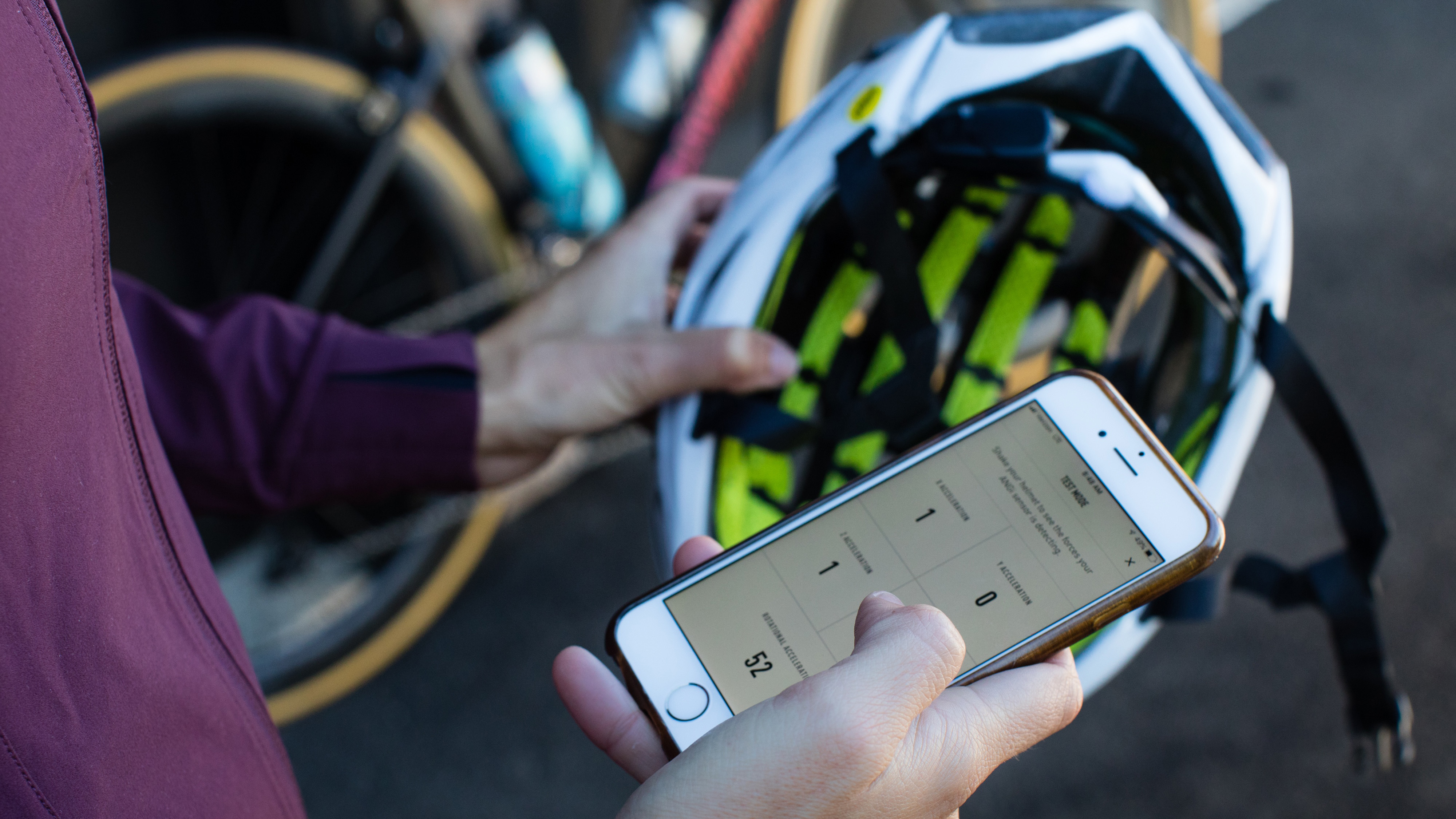
This article first appeared on BikeRadar.
No one likes crashing, but if it does happen you want to know you’ve got the best protection possible for your brain. That’s the rationale behind the new tech features that Specialized has incorporated into some of its most popular road and mountain bike helmets for 2019.
Specialized claims that these new features will help protect riders "before, during and after" any crash incidents. It does this through a wider roll-out of MIPS (multi-directional impact protection system), which will now be available on all Specialized models, including a new Specialized-specific version of MIPS called MIPS SL, and a new crash detection system called ANGi.
- How to reduce crash damage
- How to ride again after a crash
- University ranks helmets for safety: MIPS helmets come out on top
More MIPS, new MIPS
MIPS is a technology developed to help reduce the effect of rotational forces on the head and brain in the event of a crash, which can be as damaging as straight-on blows.
It is effectively a low-friction layer in the helmet, forming an interface between your head and the helmet shell. In the event of a crash, this layer will absorb some of that rotational force.
Specialized has committed to providing MIPS-equipped options on all models within its helmet ranges from 2019.

While the performance and safety remains the same, the MIPS design itself isn’t universal. There are different designs tailored to different helmet designs and ride types, such as the MIPS E-series which is featured on the Dissident full-face MTB helmet, and the C-Series on the Propero 3 road helmet.
Get The Leadout Newsletter
The latest race content, interviews, features, reviews and expert buying guides, direct to your inbox!
And now there's going to be MIPS SL in 2019, which Specialized has worked with the creators of MIPS and is currently only available on Specialized helmets — and only on certain models.

MIPS SL has been designed to provide the same level of protection that you'd expect from a MIPS lined helmet, while also allowing maximum airflow and at a lighter weight.
It will be available on the S-Works TT helmet, the S-Works Evade II and the S-Works Prevail II road helmets, as well as the Ambush mountain bike helmet.
Introducing the ANGi crash detection sensor
ANGi stands for Angular and G-force indicator and is a helmet-mounted sensor with accelerometer and gyroscope.
This means that in the case of sudden deceleration and/or rotation — the kind of forces your head is likely to experience in a crash — the device will wirelessly connect via Bluetooth to a paired app on your smartphone, sound an alarm and trigger a countdown.

If you’re fine, just halt the countdown. If you don’t respond, the app will assume you’ve been in an incident and may need help, so will send out an emergency message to the contacts you’ve pre-programmed in to the app along with the coordinates for your location.
Should it be likely that you’re going to be in an area with little or no phone reception, which is required for full functionality, there’s still a safety feature you can deploy. If you set an estimated ride time before departing, while you have signal, and you fail to complete the ride within that time frame, ANGi will notify your contacts of your last known location.
There’s also a live tracking function, so your contacts can monitor where you are at any time, if you choose.
The countdown length can be set by the user for any 15-second increments, from 15 seconds to 90 seconds, and other Bluetooth-enabled devices such as heart-rate monitors can be used at the same time that ANGi is in use.
The sensor also has a waterproof rating or IPx7, so will remain waterproof for up to 30 minutes when immersed in up to 1m depth of water, and is powered by CF2032 batteries.
ANGi versus Garmin
Garmin also has an incident detection system built in to a range of its devices. The Garmin system uses an accelerometer, but Specialized says that the stop-start motion of regular riding can trigger false alarms, as can an impact to the bike where the rider isn’t affected.
Specialized suggests that the combination of accelerometer plus gyroscope in ANGi, combined with the fact that it’s on the rider's head, mean that it’s more likely, in its opinion, to correctly identify dangerous crashes and less likely to trigger false alarms.
The Specialized Ride App

For ANGi to work, you must download and activate the Ride App, which can be found on the Apple Store and Google Play. You’ll need to register on the app, input your details, such as the emergency contact numbers, and you’re set.
While the Ride App is free for the first year with the purchase of any ANGi-equipped helmet, after the free period you’ll need pay £22.74 / $29.99 per year to keep it active. You can use more than one sensor or helmet with the same subscription, but you are only able to connect one helmet to the app at a time.
Specialized says that the Ride App is for more than just using with ANGi and it plans to add additional features to develop a rider community in the future.
You can pair the Ride App with Strava too, so it will upload your ride once you’ve finished spinning.
If some of this sounds like deja vu, you’re right. The system is based on ICEdot, a crash detection system we reviewed in 2014.
ICEdot was founded by Chris Zenthoefer, who moved over with Specialized when it purchased ICEdot in 2017. At Specialized he has further developed the technology and is behind ANGi and the associated app that gives the functionality seen in the product today.
Which Specialized bike helmets feature ANGi crash detection sensors?

Road helmets
Mountain bike helmets
Fom February 2019 the Shuffle Youth LED with MIPS helmet will also come with ANGi.
Specialized has committed to ensuring all Specialized helmets from 2019 onwards either have ANGi integrated or have an attachment point for adding an aftermarket sensor, which will be available via Specialized.
Sizing and availability
It's often been the case that by adding the MIPS layer the actual inside fit of the helmet has become smaller as a result. This meant that if you sat at the cusp of a larger size, you'd find yourself having to size up.
Specialized has now remodelled the internal shell on all helmets, bar those featuring the new MIPS SL, to ensure consistency across all models and sizes between those that come MIPS-equipped to those in the previous lines.
Essentially, what this means is that if you were a size small on a Specialized helmet, you should still take a size small in the MIPS version without sizing up.
ANGi- and MIPS-equipped helmets are available now online via the Specialized website, and from Specialized concept stores and most Specialized dealers.